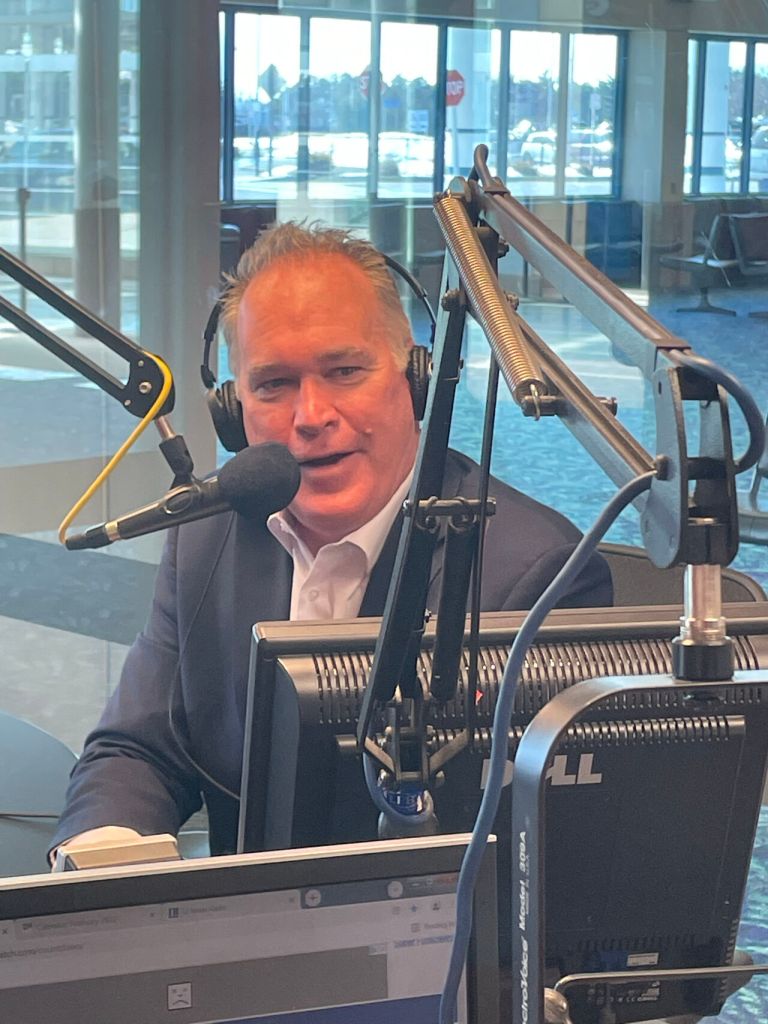Reverse mortgage professional Tim Kennedy – director of business development at U.S. Mortgage Corporation in New York – is a busy man. Not only did he recently take it upon himself to create and launch a reverse mortgage-oriented radio show in his local community, but he’s got a larger loan pipeline when compared with the same period in 2021. That doesn’t mean that the current operating environment is without its challenges, however, since shifting realities have made certain loan types less – and more – viable than others.
Operating in one of the most populated parts of the country means that the number of reverse mortgage prospects in his community is naturally high, even though the regulatory climate for the product is generally more active than other regions. Sometimes that can lead to the ability to generate more business, with a recent law allowing reverse mortgages in co-ops and the ability of major lenders to offer their products – some being proprietary, some being the Home Equity Conversion Mortgage (HECM) – in recent years serving as two examples.
For Kennedy, focusing on the benefits to his clients has been key to getting them into the correct arrangement for their circumstances. Whether it’s striking while the HECM-to-HECM (H2H) refinance “iron” is hot, or by opening himself up to a product he had never entertained much before in the HECM for Purchase (H4P).
A larger pipeline, but less appealing H2H refis
Kennedy describes that his business activity has accelerated when compared to the first quarter of 2021, but other factors can make the origination of business more challenging than last year.

“Well, I’m ahead of pace from last year, which is good,” Kennedy tells RMD. “We just finished the first quarter. I have a lot more loans in my pipeline, and I close more loans than I did [a year ago]. That’s encouraging. The pricing and the the reduction of the principal limit is a little concerning.”
In that respect, naturally Kennedy went back to his previous clients to see if a change in rates may have made an H2H refinance make additional sense for them. However, if they didn’t prioritize getting some necessary processes of a loan finished, then the time for viability simply passed.
“For the borrowers that I was talking to about possibly doing a HECM-to-HECM refinance, if they procrastinated or held off from getting counseling done or moving forward, a lot of those HECM-to-HECMs may not be viable right now,” Kennedy explains. “They may not make sense, or they may be short, so that’s very concerning. And I know it’s across the board and not just happening here specifically in New York. It’s nationwide with the higher interest rates and the lower principal limits. So, we’ve got to deal with that, but that’s what we do for a living.”
However, while H2H refinances might not provide a bona fide advantage for certain borrowers anymore, one area in which Kennedy has noticed an increase in business is in H4P loans.
Greater HECM for Purchase viability in New York
Despite certain regional originators swearing by it as a source of business, H4P volume has struggled to gain a foothold in the broader reverse mortgage industry. In 2021, H4P volume made up only 4.2% of all reverse mortgage business nationwide, a small share of the broader reverse mortgage offering which itself is far less prevalent than the traditional mortgage landscape.
Nevertheless, in terms of business that has grown for him recently in New York, Kennedy notes that H4P volume appears to be picking up speed.
“I’m doing a lot more reverses for purchase,” Kennedy says. “Real estate agents, because of the limited inventory, are much more receptive to listening about a reverse for purchase because it can help them get the listing. They go to a listing for a borrower that is between 60 and 90 years old, and that homeowner is concerned about selling their home because they don’t know where to go. They can’t afford to go somewhere, they can’t afford a traditional forward mortgage, and they’re complex. So, they would just rather stay in the house and wait it out.”
However, the H4P option gives that previously reticent senior a more direct path to get into a new home that may be more suited to their circumstances or mobility concerns, and potentially in a more affordable way when compared with a traditional mortgage, Kennedy says.
“With the use of a reverse for purchase, we could educate real estate agents at a listing presentation that this might be a viable source for them to give seniors the ability to sell their homes, then use a portion of the proceeds from the sale of that house to put down on another house, and then finance the remaining balance with the reverse for purchase,” he says of the process.
Ease for the senior borrower, H4P as the ‘best-kept’ industry secret
The required financial assessment also means the new loan will not be based strictly on debt-to-income or loan-to-value ratios, nor will it be based on FICO score.
“It’s more of an overall assessment,” he says. “They can move into the house without the obligations of principal and interest. And real estate agents love it, because it just gives them another tool in their toolbox to get that listing. And now, they can help those seniors purchase another home.”
In Kennedy’s nearly 15-year career in the reverse mortgage business, he had never done an H4P loan prior to a few years ago. Now, he is doing more H4P loans in that time than he had even entertained in the prior decade, he says, a trend striking other lenders in the space as well.
“That’s another product that’s becoming the best-kept secret out there: the reverse for purchase for when seniors want to relocate or downsize or find a home that suits their wants and needs,” he says.






